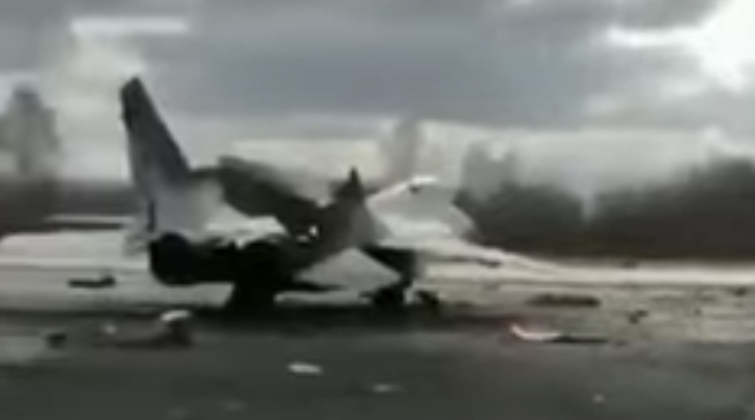Pukovnik7
Member
Note: it is recommended to read the “Lessons of Air War in Ukraine” prior to reading this article.
Ukraine, no matter how well it may be doing against Russia, is losing aircraft. And it will need replacement, be it during the war or afterwards. Currently, Ukraine is still using old Soviet Su-27 and MiG-29 fighters – somewhat updated, but still badly outdated.
Some places still have old Su-27s and MiG-29s available, and that is what is currently being sent. But sending MiG-29s does not help with the issues Ukraine is facing with the Russian technological advantage. It might help if MiG-29s were completely retooled – equipped with modern Western radar, IRST, EW suite, weapons and engines – but at that point, one might just send a completely new aircraft. Numbers of available old Soviet aircraft in NATO countries are also quite limited, and most have been updated with sensitive NATO technology which makes them unsuitable for Ukraine.
One of options for Ukraine to replace aircraft losses is F-16. But neither F-16 nor other USAF aircraft – F-15, F-35 – would make much sense, or be a good solution for Ukraine. Ukraine cannot match Russian Air Force fighter for fighter, no matter the help it is provided, so all the concepts previously described still apply: fighter would have to be good at operating from badly maintained runways and road bases, and have relatively small logistical footprint.
As discussed in the “Lessons of Air War in Ukraine” however, Gripen may well be the best fighter aircraft for Ukraine – at least if one ignores politics and availability, both which would likely mean no deliveries before the end of the war.
This document points out following requirements:
- equipped with a missile capable of offering the greatest possible effective range under low-altitude, subsonic launch conditions
- significant electronic warfare capabilities
- jamming-resistant radar
- capable of operating from dispersed, relatively basic airbases to prevent them being located and rapidly destroyed by Russian long-range missile strikes
- ability to be serviced with limited personnel and heavy equipment, and to operate from relatively rough and short runway surfaces
- anti-shipping capabilities
- able to generate high sortie rates from both an availability and affordability perspective



